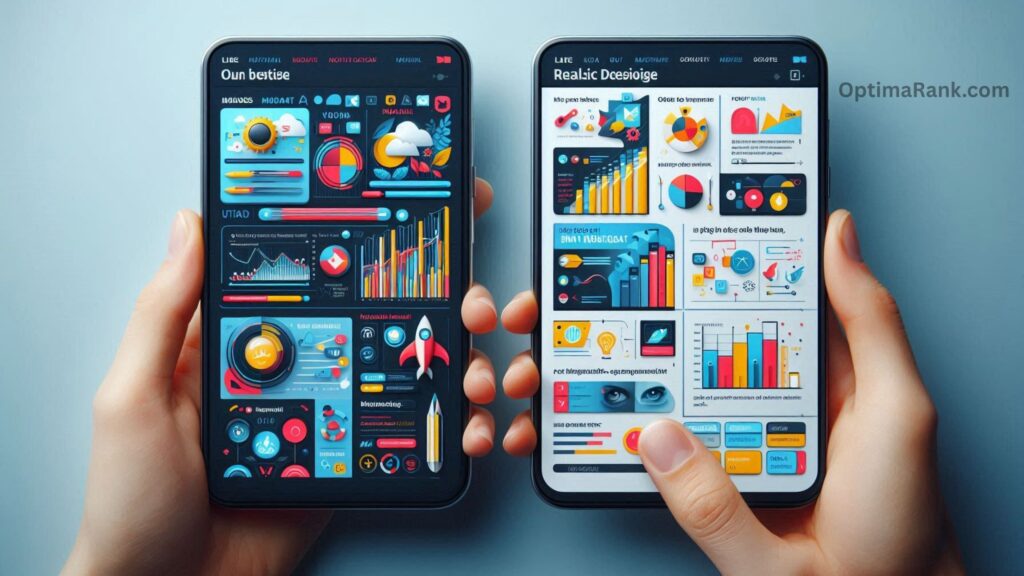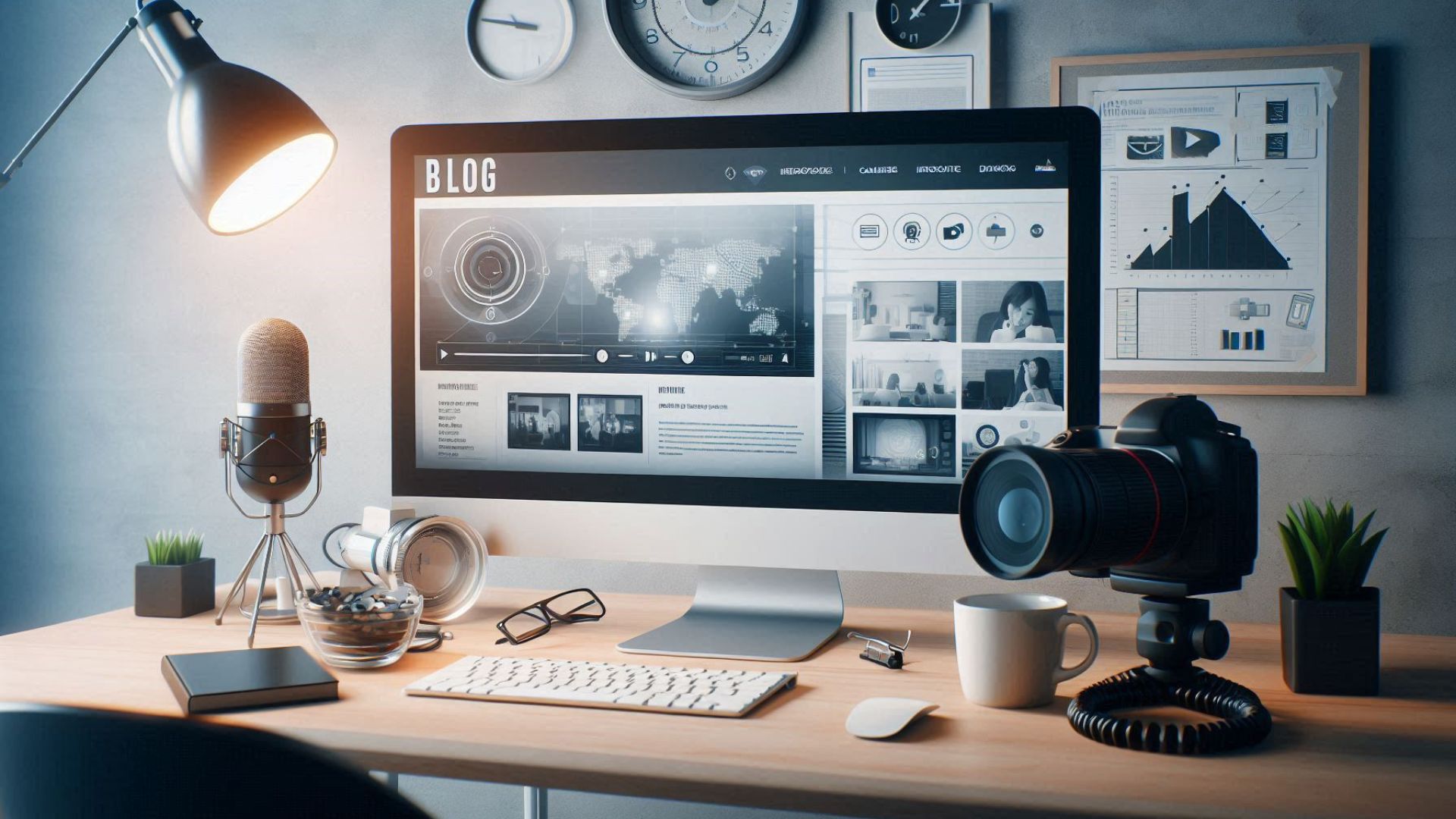How can I Optimize Multimedia for SEO?
These days, you’ve got tons of ways to share your ideas online — not just through writing like this, but also with videos, images, audio clips, infographics, and more. Each format has its strengths, and depending on what you’re trying to say, some will work better than others.
Let’s break down your options and how to use each one effectively:
Why Multimedia Matters (for You and Your Audience)
It’s not just about giving people information — it’s about making sure they actually get it. A good page isn’t just informative; it’s engaging. You want your content to be easy to follow and enjoyable to interact with.

Multimedia can include:
- Images
- Videos
- Audio files (like podcasts)
- Infographics
- Other tools like presentations or eBooks
Sometimes, a single piece of content — like a product comparison video or a how-to guide — can stand alone. But more often, mixing media types (like adding an infographic to a blog post) can help make your message clearer and more memorable.

Also Read: How can I Create SEO‑friendly Content?
Why It’s Worth It
When you use a good mix of media and written content, your page becomes more interesting and easier to understand. That means people stick around longer, which lowers your bounce rate and increases your chances of ranking higher on Google.

Unlike sketchy SEO tricks that try to game the system, this approach is about genuinely creating helpful, high-quality content — and that’s what search engines love to reward.
Plus, too much plain text can feel overwhelming. Breaking it up with visuals or audio makes it easier for people to digest and remember the information.
Win-Win: Better Experience = Better Rankings
If your page is too hard to read or too slow to load, people will leave — and Google notices that. A well-balanced mix of content not only keeps users engaged, it also improves your SEO.
In short: Helping your audience helps your rankings.

Also Read: What Common On‑Page SEO Mistakes Should be Avoided?
Quick Tips to Optimize Different Types of Multimedia for SEO

📷 Image SEO
- Choose the right images: Skip generic stock photos and use ones that actually relate to your content.
- Name your files well: Use descriptive names with keywords.
- Add alt text: It helps visually impaired users and boosts your image’s chances of showing up in search results.
- Keep file sizes small: Compress images so they load faster.
- Use captions: These give context and help all users understand your visuals better.
🎥 Video SEO
- Use clear, keyword-rich titles.
- Write detailed descriptions: Let people (and Google) know what your video is about.
- Add transcripts: These help with accessibility and make your content searchable. Just double-check for weird auto-captions!
- Create eye-catching thumbnails: A strong thumbnail = more clicks.
- Want more tips? We’ve got a full guide on YouTube SEO you can check out!
🎧 Audio SEO (like podcasts)
- Title and tag smartly: Use keywords that match what people are searching for.
- Write show notes: Include summaries, key takeaways, and timestamps to make content easier to navigate.
- Share your content widely: Post on social media, email lists, Discord groups — wherever your community hangs out.
🧠 Infographic SEO
- Keep it clean and clear: Design matters. Use titles that explain the content, and make sure it’s easy to follow.
- Add links: Point readers to more info (articles, videos, etc.) for deeper dives.

Also Read: How can I Enhance User Engagement for SEO?
Don’t Forget the Tech Stuff

⚙️ Technical SEO for Multimedia
- Add multimedia to your sitemap so search engines can find it.
- Use schema markup to help Google understand what your content is about.
- Speed matters: Compress images and videos, use a CDN, and delay non-essential scripts — all of this makes your page load faster, which keeps users happy and helps your SEO.
Let’s be real — no one wants to wait 10 seconds for a page to load.
Final Thoughts
Whenever you publish something that isn’t just text — whether it’s a podcast, a video, or a graphic — treat this guide like a checklist. Each step helps you build a stronger, more useful, and more SEO-friendly page.
When your content is easy to enjoy and understand, people will spend more time on your site, trust you more, and keep coming back. And Google will notice that too.
In the end, helping people always helps you.




Post Comment